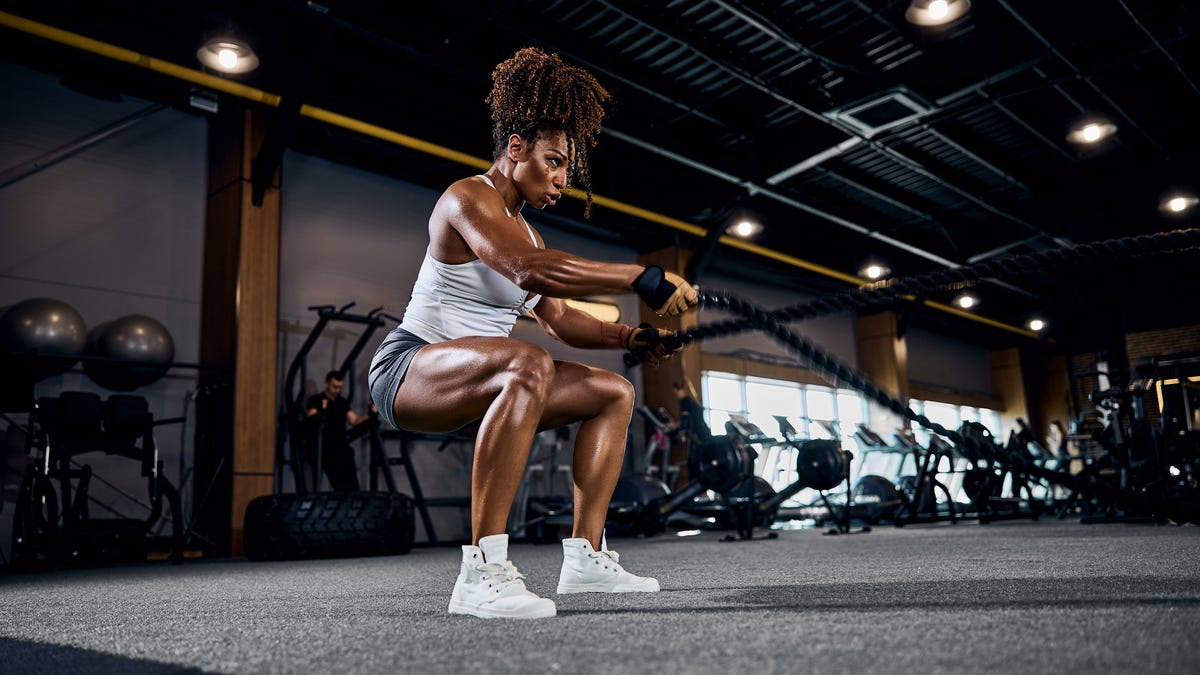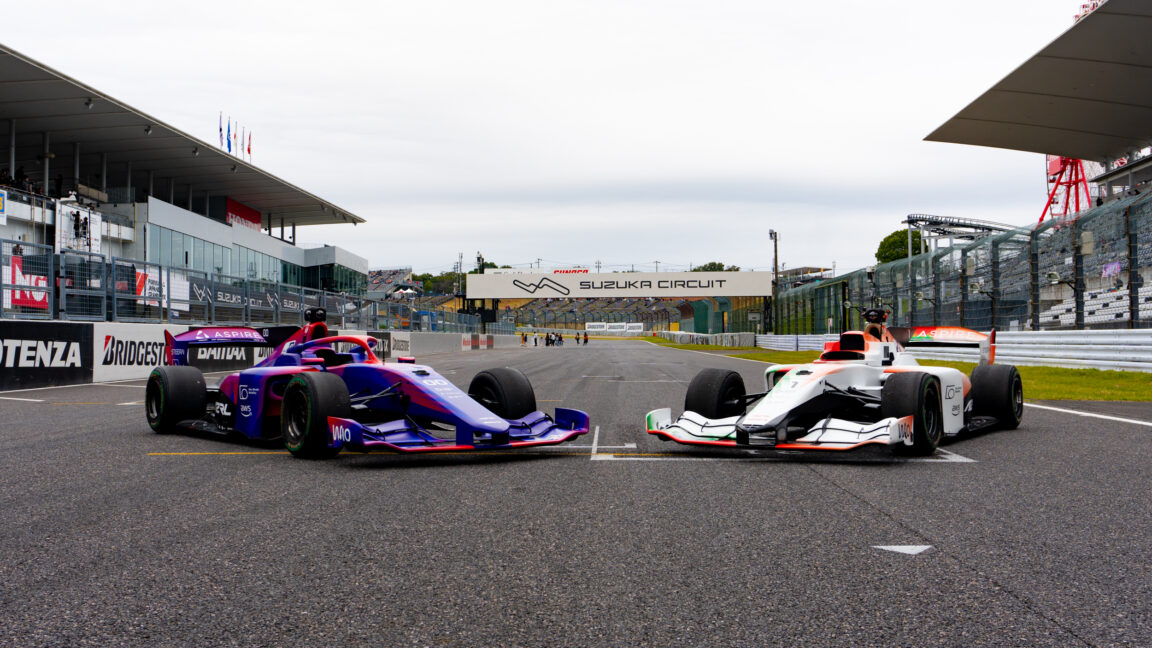Sports
The Workout Value Of Pickleball Compared To Other Racquet Sports

PPA #1 ranked singles player Federico Staksrud returning a serve in San Clemente, showing why … [+]
Every few months I see an article extolling (or criticizing) the health benefits of Pickleball. I’ve seen testimonials of people who lost 100s of pounds, and varying claims of just how useful the sport is from an exercise potential.
I certainly have an opinion, based on my own experiences playing varying competitive levels the sport, as to how much exercise I get playing Pickleball versus other sports, but data always trumps observational conclusions. So I took a slew of measurements of myself (as a control) playing pickleball in varying competitive landscapes to try to draw some data-driven conclusions. I also captured a slew of readings across four different racquet sports for comparison purposes.
This article discusses the results of standardized measurements of myself playing each of the following:
- Pickleball Singles & Doubles (tournament and open play)
- Tennis Singles & Doubles
- Squash Singles
- Racquetball Singles
Testing equipment: an I-watch using the Apple fitness app. For all four sports I used the “tennis” app on the I-watch because (at the time) either there was no app for the other sports, or it just generically read the activity as if I was walking. I’m aware that the fitness app is not the most exact measurement device I could have picked, but it was what I had available. I ended up with 70 samples across the above four sports, and captured the nature of the competition (open play, casual hitting, league, or tournament) and estimated the “vigor” of the day on a scale of 1-10 (so, pickleball open play with a bunch of 3.0s was a 2, while pickleball singles in a tournament was a 10).
Executive Summary:
Pickleball singles was, by a decent margin, the most intense workout of any of these racquet sports. Conversely, Pickleball open play doubles was, by a fair margin, the least taxing of these sports. Competitive tennis came in ahead of even Squash and Racquetball, though more skilled participants of those disciplines may end up burning more calories/hour than I have.
Here’s the racquet sport activities, listed in order of most exercise to least:
- Pickleball Singles (tournament)
- (small gap)
- Tennis Singles (tournament)
- Tennis Doubles (tournament)
- Squash Singles
- Pickleball Doubles (tournament)
- Racquetball Singles (tournament)
- (gap)
- Pickleball Doubles (open play)
Read on for more details.
—-
I’ll list these activities in order from highest Active Calorie Burn to lowest, with some observations.
Pickleball Singles – Competitive/Tournament
- Active Calories/Hour: 451
- Total Calories/Hour: 578
- Average Heart BPM: 116
- Average Level of Play: 4.25
- Average Vigor: 9 out of 10
I captured eleven readings of Pickleball Singles, ten of which were from tournaments (the 11th was a singles playing session against a teaching pro). All eleven readings were against 4.0-4.5 level players with a high level of vigor. Not surprisingly, as anyone who’s watched high-level pro pickleball singles, the exertion was significant. The highest individual recording I had across 70+ data readings for this study was from one 20-minute singles tournament game, coming in at an average of 515 calories/hour active, 640/hour total.
Tennis Singles – Competitive
- Active Calories/Hour: 437
- Total Calories/Hour: 563
- Average Heart BPM: 115
- Average Level of Play: 3.75-4.25
- Average Vigor: 9 out of 10
Tennis singles came in second in this study. These singles readings included both USTA singles league matches and some readings from a “blitz” tennis clinic at my local club that ensures fast-paced activity. I sense that tennis singles end up being more taxing than perhaps I initially suspected thanks to the exertion required to serve, especially for someone of my general skill level (USTA 3.5 tennis player, UTP of around 4.00).
The next four average sets of readings were separated by a grand total of 6 calories burned per hour, which is basically nothing (you burn about one calorie per minute just sitting there reading this story).
Tennis Doubles – Competitive
- Active Calories/Hour: 405
- Total Calories/Hour: 530
- Average Heart BPM: 105
- Average Level of Play: 3.5 – 3.75
- Average Vigor: 6 out of 10
These readings surprised me a little bit, due to the nature of Tennis doubles (which can lead to an awful lot of standing around, waiting for serves to be hit in). This is a case where my tennis level (I play USTA 3.5) leads to a lot of errors and missed serves, whereas better tennis players would have longer rallies and thus would lead to more exercise.
Squash Singles – Competitive
- Active Calories/Hour: 402
- Total Calories/Hour: 523
- Average Heart BPM: 103
- Average Level of Play: 3.5
- Average Vigor: 8 out of 10
I have limited squash data, but the readings I have ended up being lower than other sports’ singles readings. I found this surprising, because I find myself almost immediately exhausted playing competitive Squash. The readings may also be skewed by the fast-paced nature of rally scoring squash games, which are like sprints, followed by rest periods between the games. I suspect these readings would be much higher if my cardio hadn’t fallen off so badly in my advancing years.
Pickleball Doubles – Competitive/Tournament
- Active Calories/Hour: 401
- Total Calories/Hour: 523
- Average Heart BPM: 112
- Average Level of Play: 4.00 – 4.25
- Average Vigor: 8 out of 10
I captured eight readings of competitive pickleball doubles, some of which were in a competitive league, others from a 4.0/4.5 tournament draw earlier this year. Most of the competition was what I’d classify as a 4.25 level, though one of the doubles readings was a tournament final match against two 5.0 players.
When comparing to Pickleball Singles, the active calories/hour was 11% lower for competitive doubles. I attribute this to the fact that doubles does not require nearly as much movement as singles in pickleball, as well as the fact that your level of movement and activity is partner dependent. If you have a weaker partner in tournament play, you’re going to play fewer balls. In doubles, half the time you’re already up at the net and don’t have to bull-rush the net after hitting your return of serve nearly as much as you do in singles.
Racquetball Singles – Competitive/Tournament
- Active Calories/Hour: 399
- Total Calories/Hour: 524
- Average Heart BPM: 99
- Average Level of Play: elite
- Average Vigor: 9 out of 10
I played a racquetball tournament last fall and just left my watch on for an entire hour of round robin singles competition, which did end up including some downtime between single games to 15. Honestly I was surprised the calories per hour wasn’t higher, even given that. Racquetball has always claimed it was one of the biggest calorie burning sports in existence, boasting of 800+ calories per hour burned. I didn’t get anywhere close to that in my reading, perhaps because I’m just not the racquetball player I used to be. I also played a couple of doubles matches in this event, but my watch ran out of battery before I could get a reading for this study. Suffice it to say, Racquetball doubles is significantly less taxing than racquetball singles.
Pickleball Doubles – Open Play
- Active Calories/Hour: 370
- Total Calories/Hour: 496
- Average Heart BPM: 101
- Average Level of Play: 3.75
- Average Vigor 5 out of 10
I captured 24 readings of myself playing doubles at a local park or in Open play, the most readings of anything here. I’d characterize the general level of play across all of those readings at about a 3.75, and a general level of vigor a 5 on a scale of 1-10. After finding that Competitive doubles was 10% below singles from a calorie-burn perspective, Open Play Doubles was another 10% lower than competitive doubles. More importantly, look at the massive drop in average Heart BPM. I would routinely look at the heart BPM drill downs after 2-3 hours of open play and find that I never left “Zone 1” in the fat-burning chart.
This is the major criticism I and others have about pickleball from a fitness perspective; unless you’ve got a hand-picked group of like-talented players that bring up your open play competitiveness, you’re going to end up standing around a lot with lesser skilled players in open play and you’ll struggle to burn calories. There’s also the open play waiting factor, where you play one game then cycle off and have to wait 15-20 minutes for the next game. This kills the exercise/calorie burn momentum for many players.
—-
Conclusion
If you want to guarantee a solid workout playing pickleball, then either play singles or play with a hand-picked group of like-skilled players in a competitive landscape. Do not just go to the park and play 2 hours of pickup and expect it to be a great workout.
Also, you don’t have to be a 4.5 pickleball player to get a solid game, but just know that the higher level you are at any of these racquet sports, the longer the rallies, and the more exertion is required.










